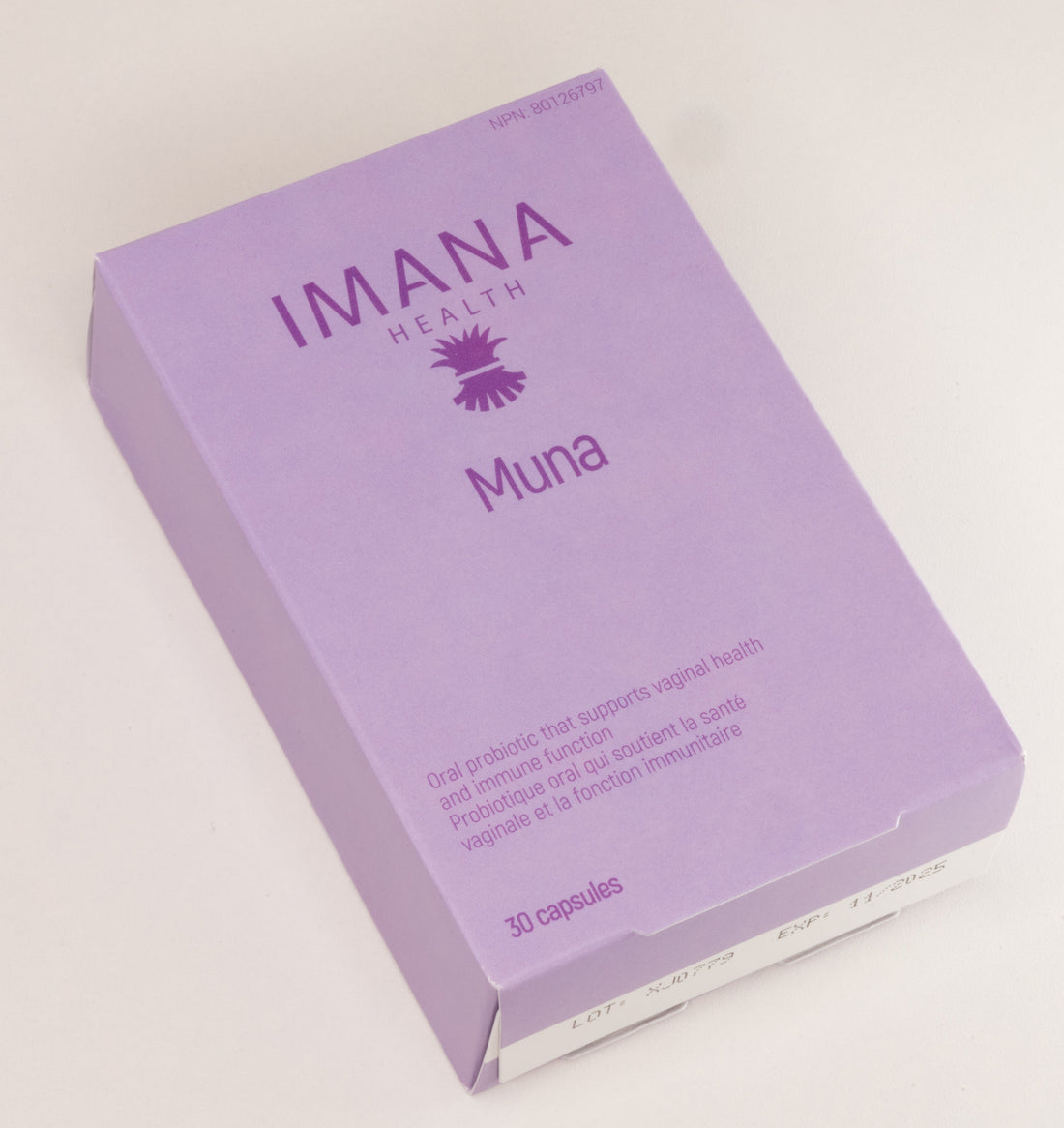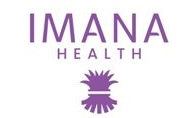
What Do Probiotics Do?
Share
We at Imana Health are big fans of probiotics, which is why we’ve created one, our Muna oral probiotic for vaginal health and immune function. We’ve talked about what’s in our product, but it’s time for a deeper dive into what probiotics are. So let’s get into it!
Ρrοbiοtiсs are what many people call "friendly" or "good” bacteria. There are many different strains which actually live naturally in different parts of the body. When they are present in these environments, or microbiomes, in appropriate amounts, they keep the areas they are in working well, and help defend against infections and the overgrowth of “bad” or “unfriendly” bacteria. When there isn’t enough of the the good bacteria in their environment, an imbalance of the bacteria, called dysbiosis, can occur, which can lead to things like yeast infections or bacterial vaginosis in the vagina, or in the case of the gut, having digestive or other gastrointestinal symptoms. Probiotic supplements contribute to the bacteria already present in the body, to strengthen and keep them at an optimal level. People may take a probiotic to help bring their microbiome back to balance.
Taking oral probiotics for gut health makes sense, but sometimes it’s unclear how oral probiotics can affect the vagina. How do the beneficial bacteria get from the stomach to the vagina? Oral probiotics can reach the vagina by traveling through the digestive tract. This process can take about seven days. Anatomically, the anus and vagina are very close, so bacteria can make their way from the anus to the perineum, vulva, and into the vagina to colonize it. In the case of our Muna oral probiotic which contains Lactiplantibacillus Plantarum (ROSELLA), this gut to vagina passage was confirmed by clinical studies where ROSELLA was found in the vagina after oral intake and continued to be present 15 days after taking treatment.
So you’re putting bacteria into your body…are probiotics safe? Probiotics are considered safe for healthy people to take. There’s a small risk of side effects for some people, like those who are immunocompromised, and they may be advised to avoid probiotics. If you have questions about whether or not you should take probiotic supplements, talk to your healthcare provider.
How do you take the Muna oral probiotic? Take 1 capsule per day at any time of day. You can take it with or without food although there are some studies that have found that taking l. plantarum with a meal or 30 minutes before eating, can improve the survival rate of the bacteria as they pass through the stomach because food can protect it from the acid. If you’re taking antibiotics, be sure to take Muna 2-3 hours before or after taking the antibiotics.
